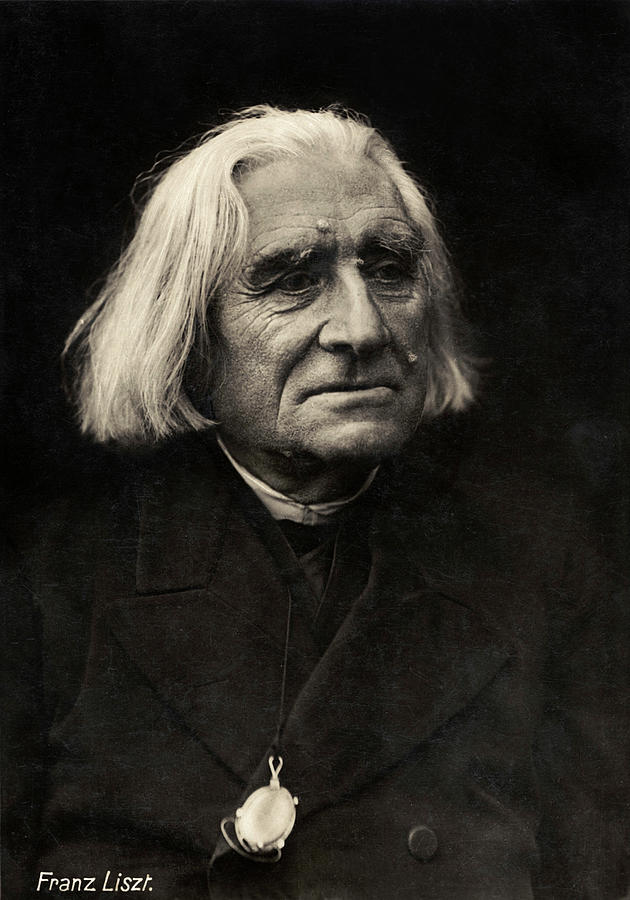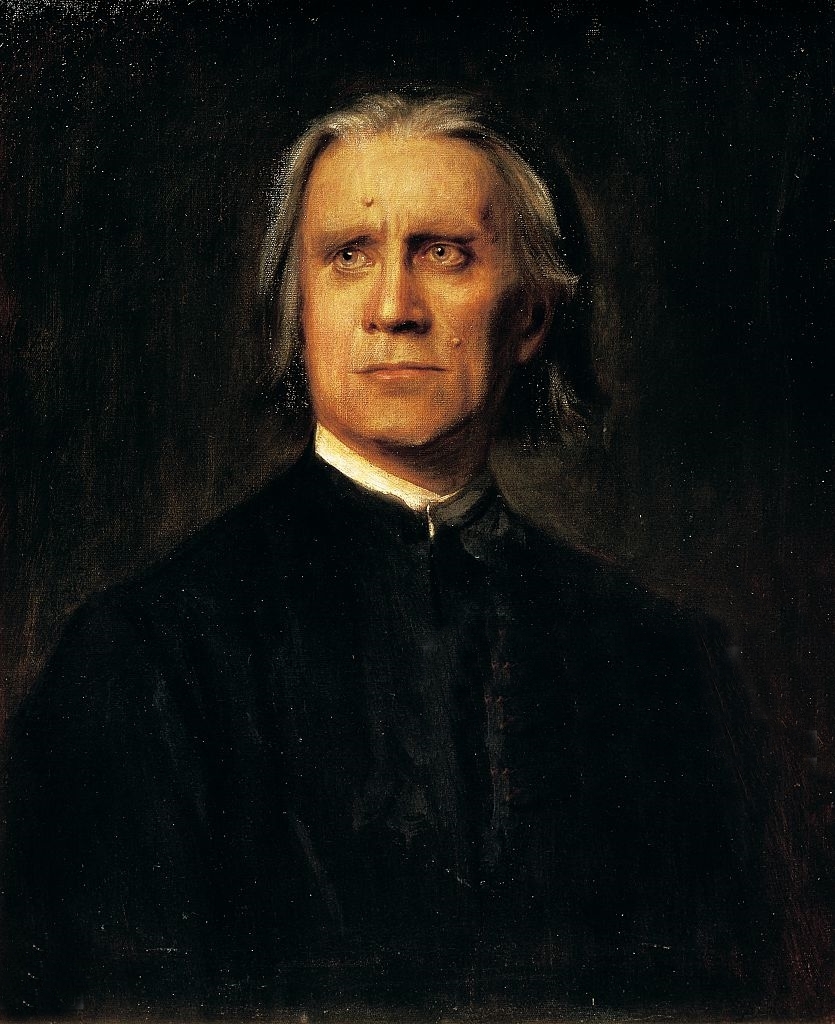
She is better known by her pen name, "Daniel Stern." They had two daughters, Blandina (1835-1862) and Cosima (1837-1930), and one son, Daniel (1839-1859). Andersen, and Baudelaire, who addressed his prose poem " Le thyrse" to Liszt.įrom 1835 to 1839 Franz Liszt lived with Marie Catherine Sophie de Flavigny, ex-wife of the Comte d'Agoult. He was very widely read in philosophy, art and literature and was on friendly terms with the painter Ingres and the authors Heine, Lamennais, H.C. Chopin, Hector Berlioz, Robert Schumann, and Richard Wagner, the last of whom his daughter later married. He fraternized with such noted composers of his time as F. Also composed in this period were the 12 Grandes Etudes (Liszt later rewrote these into the 12 Transcendental Etudes in 1851). A shorter piece using the same thematic content was included in the 1838 Etudes d\'Execution Transcendante d'apres Paganini (Etudes for Transcendental Technique after Paganini). In 1832 he wrote the Grande Fantaisie de Bravoure sur La Clochette de Paganini ("Great Bravura Fantasy on Paganini's La Campanella").

He often took to seclusion in his room, and was heard practicing for over 10 hours a day. In Paris, he attended a concert by the virtuoso violinist Paganini and became motivated to become the greatest pianist of his day. An account of the episode can be found in the separate article Liszt and L.v. Beethoven gave him a kiss for his marvelous playing. On April 13, 1823, Liszt gave a concert, and it is often said that the 53-year-old Ludwig van L.v. He was a lifelong friend of Camille Saint-Saëns, and the latter dedicated his Symphony #3 in C Minor to Liszt. He formed an early friendship with Frédéric Chopin, but later fierce competition turned the men into rivals.

Antonio Salieri taught him the technique of composition and fostered the young Liszt's musical taste. His father had wanted him to be taught by Johann Nepomuk Hummel, but Hummel's fees were too high. In Vienna he was educated in piano technique by Carl Czerny. One letter to his mother begins in faltering Hungarian, and after an apology continues in French (his preferred language). As a result, Liszt never fully learned Hungarian his later letters and diaries show that he came to regret this deeply. Local aristocrats noticed his talent and enabled him to travel to Vienna and later to Paris with his family. His father, who worked at the court of Count Esterházy, gave him his first music lessons when he was six years old. Liszt displayed incredible talent at a young age, easily sight-reading multiple staves at once.

His father, Ádám Liszt, was Hungarian and his mother was Austrian-born Anna Liszt, née Lagen. The Hungarian variant Ferenc is often used, though Liszt never used this himself. His baptism record is in Latin and lists his first name as Franciscus. Liszt was born in the village of Doborján, near Sopron, Hungary, in what was then the Austrian Empire (Doborján is now Raiding in Austria after the Treaty of Trianon of 1920). As would be expected from a pianist-composer of Liszt's virtuosity, many of his piano compositions are amongst the most technically challenging in the repertoire. He also made many exuberant piano transcriptions of operas, famous symphonies, Paganini Caprices, and Schubert Lieder. His piano compositions include works such as his Piano Sonata in B minor, and two piano concertos, which have entered the standard repertoire. His great generosity with both time and money benefited the lives of many people: victims of disasters, orphans and the many students he taught for free. His virtuosity earned him approbations by composers and performers alike throughout Europe. He studied and played at Vienna and Paris and for most of his early adulthood toured throughout Europe giving concerts. Born: Octovillage of Doborján, near Sopron, Hungaryįranz Liszt was a Hungarian virtuoso pianist and composer.


 0 kommentar(er)
0 kommentar(er)
